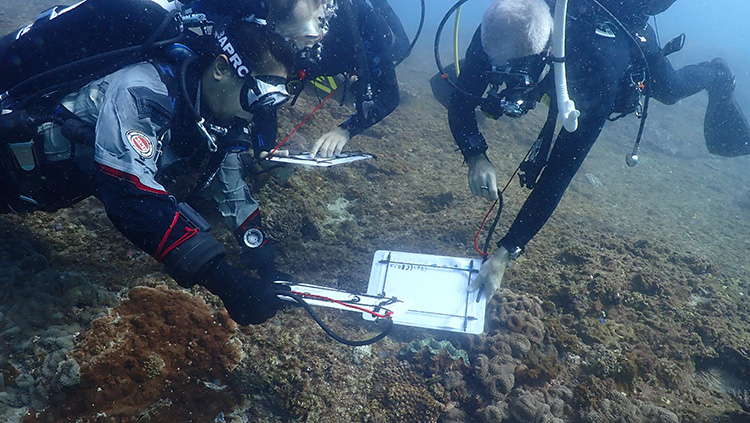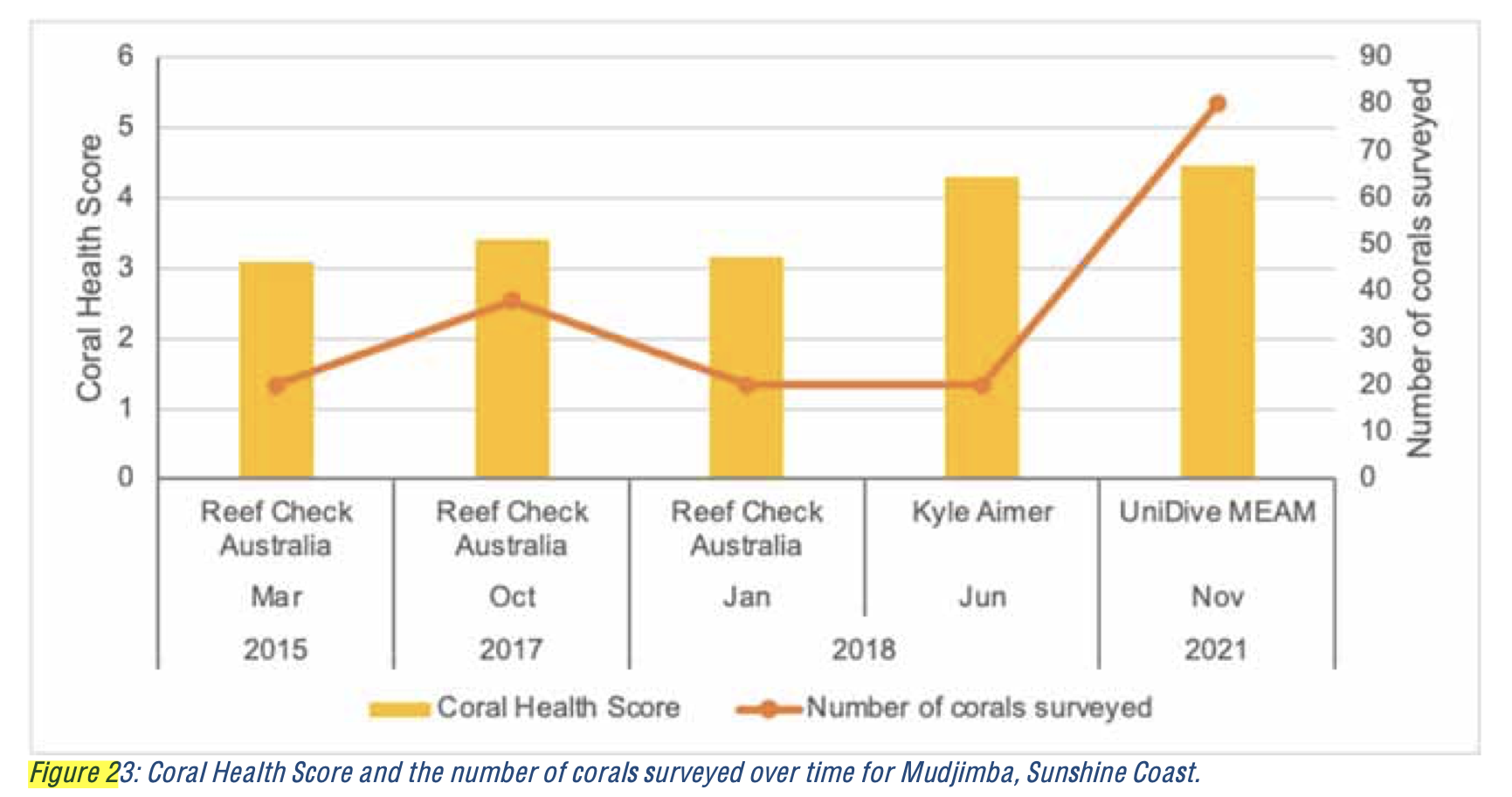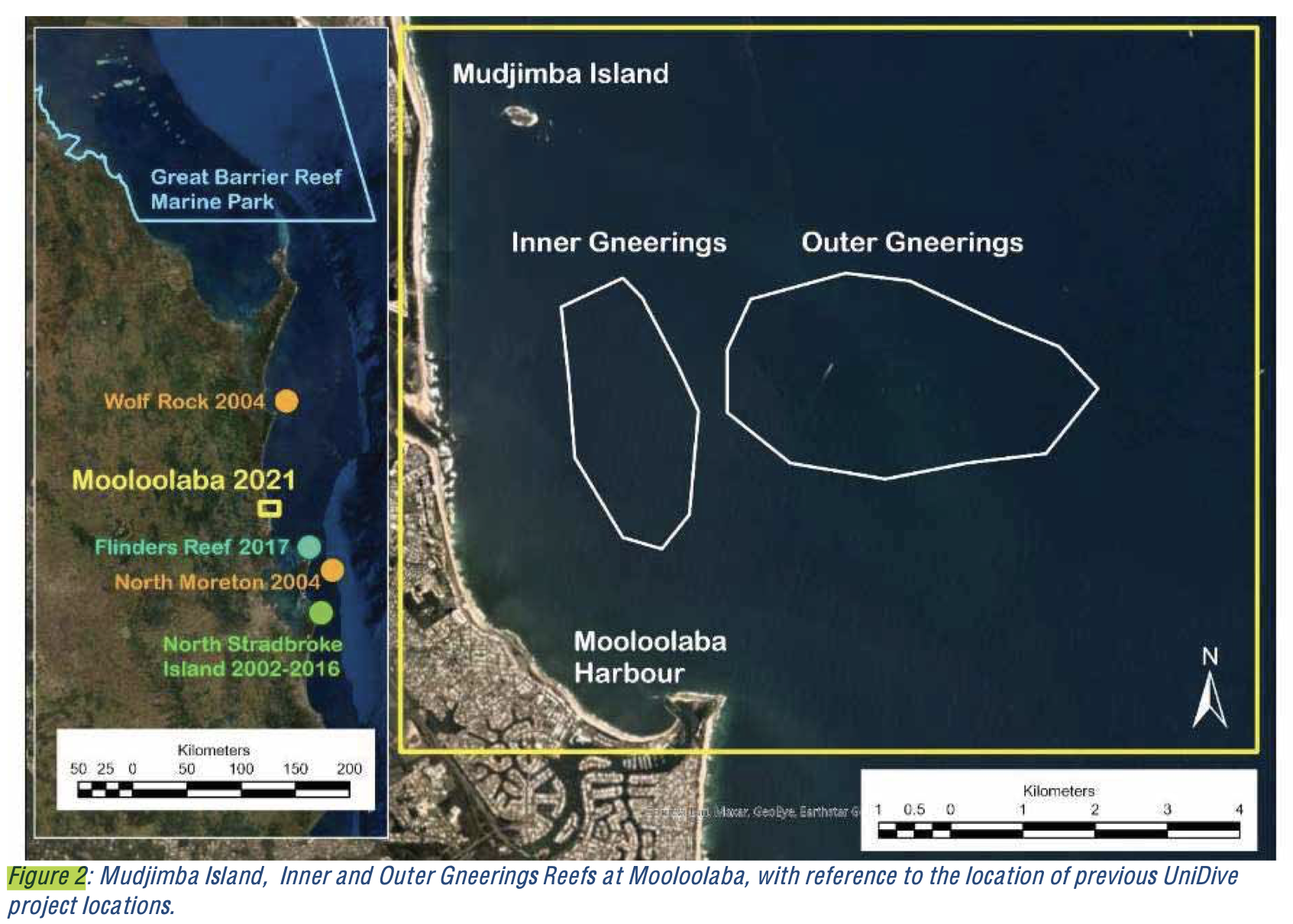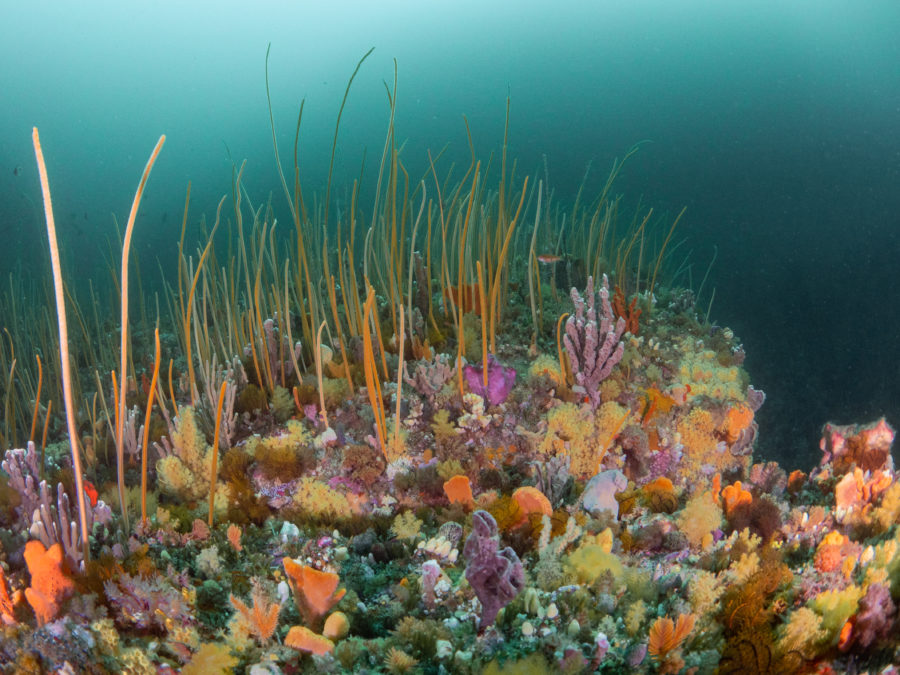‘Surprise’ coral found off Sunshine Coast

Over the past two years, researchers and volunteer divers have been mapping and assessing the health of coral reefs off the coast of Mooloolaba.
What they found was an impressive – and unexpected – amount of coral cover.
“We were delighted,” says University of Queensland’s Associate Professor Chris Roelfsema, who led the project.
“In some areas, we found up to 54 per cent more coral cover than previously reported.”
“Given the proximity to large urban areas and river flows, we weren’t expecting to see so many hard and soft corals – it was a great surprise.”
Areas around Mudjimba Island and the Inner and Outer Gneering Shoals had particularly high coral cover.
A group of more than 50 divers from UQ’s Dive Club volunteered on the project, using integrated photographs to reveal composition and structure.
“The team did incredible work, volunteering their time and amazing skills – spending over 8000 hours training, collecting, and analysing the data,” says Chris.
“The resulting report has detail never seen before for this area.”
Unfortunately, despite the record amount of coral found, Chris says the volunteer divers also discovered coral damage, disease and debris at all sites surveyed.

A win for citizen science
Chris says the success of the project demonstrates the importance of citizen science.
“Citizen science plays a crucial role filling information gaps and offering timely reporting on the environmental health of sites, when government agencies don’t have time or funding to do so,” he said.
“As a result, these projects raise awareness about the magnificent local reefs and could help influence management and conversation of these reefs.
“We’ve now trained an army of volunteers in various survey techniques, and we’re hoping this work not only influences public policy but creates a deeper awareness within the local community of their amazing local reefs.”
The full report can be viewed here.




